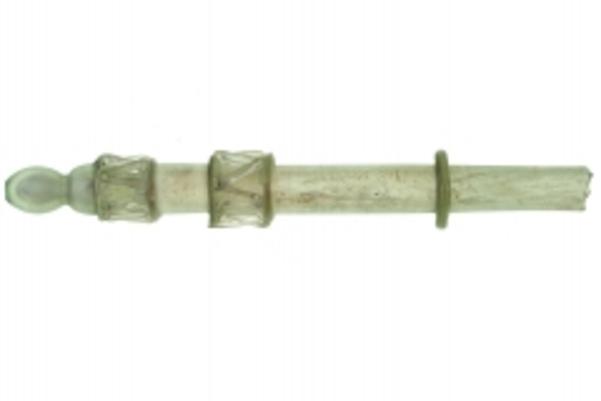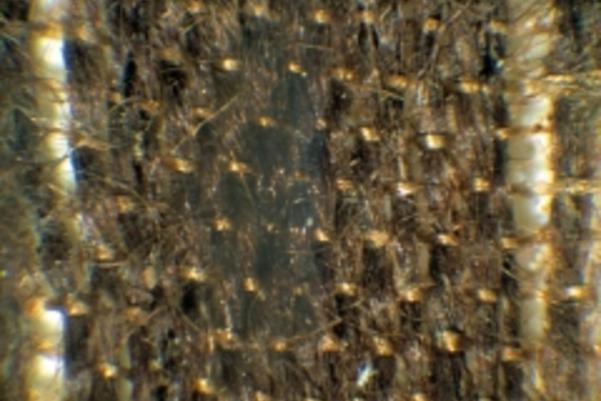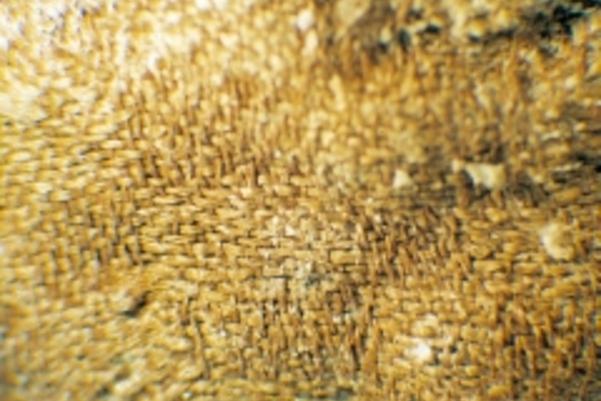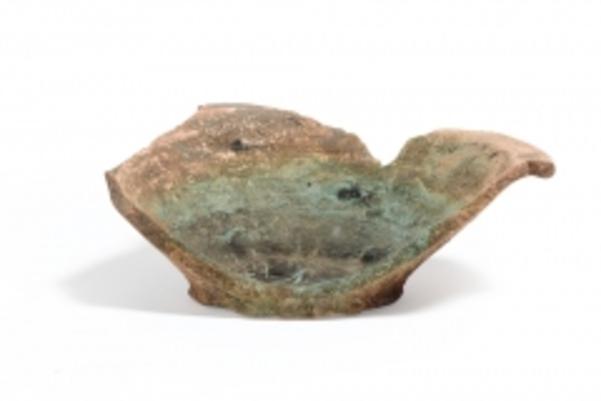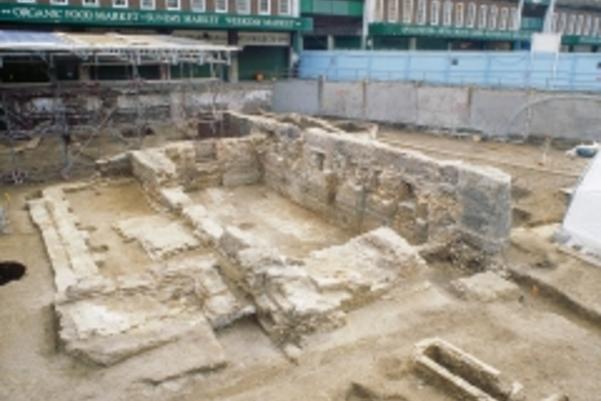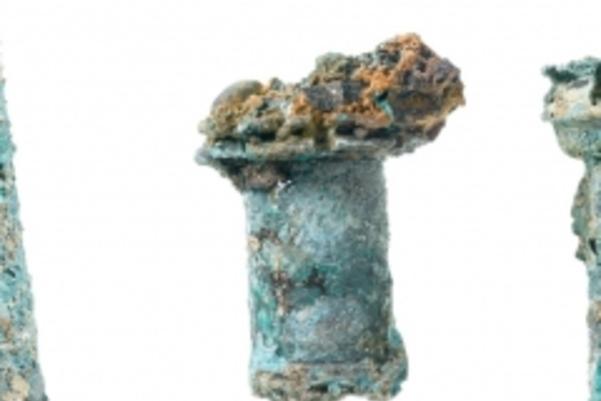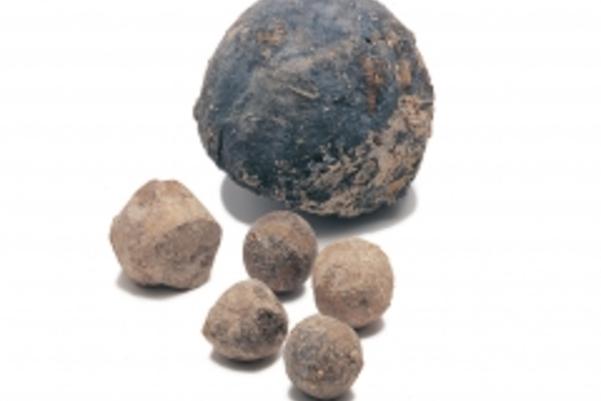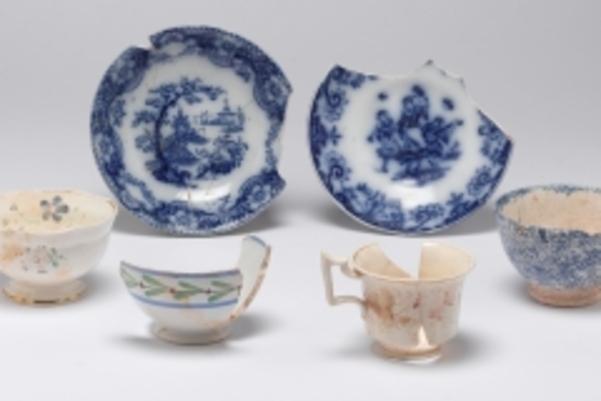Thirty years of archaeological work reveal in incredible detail two thousand years of Spitalfields life
One of the largest archaeological projects ever undertaken in the capital, focused on the area of what is now Spitalfields, is complete after more than 30 years of work by a team of over 150 of our archaeological experts. Between 1991 and 2007, Spitalfields market in London’s East End was home to our excavations that uncovered an extraordinary range of finds spanning the Roman period to the late 19th century.
Never before has such a large area of London been opened up for investigation at once, and the level of understanding we have been able to gain as a result is unprecedented. The monumental task of researching and writing up findings has taken 13 years and resulted in five books that unravel in incredible detail how Spitalfields grew from being on the margins of Roman London to the urban hub it is today. The final instalment, published this week, takes us back to the earliest-known phase in Spitalfields’ history, when it was a Roman burial ground known as the ‘northern cemetery’, one of several that grew up outside the town walls along major roads.
The Spitalfields project in numbers:
-
30 years of work
-
150+ archaeologists
-
10 excavations
-
25 archaeological sites
-
6194 registered finds
-
174 Roman burials
-
10500 medieval burials
-
2000 years of history
What does the new book reveal?
In the northern cemetery of Roman London is the most comprehensive account of the northern cemetery to date. It builds on previous work in the area, bringing the total number of documented Roman burials from 319 to 493.
The book reveals full details about the clothing of the ‘Spitalfields Roman woman’, whose discovery caused such a stir in March 1999 when the undisturbed stone sarcophagus was opened to reveal an inner, elaborately decorated lead coffin.
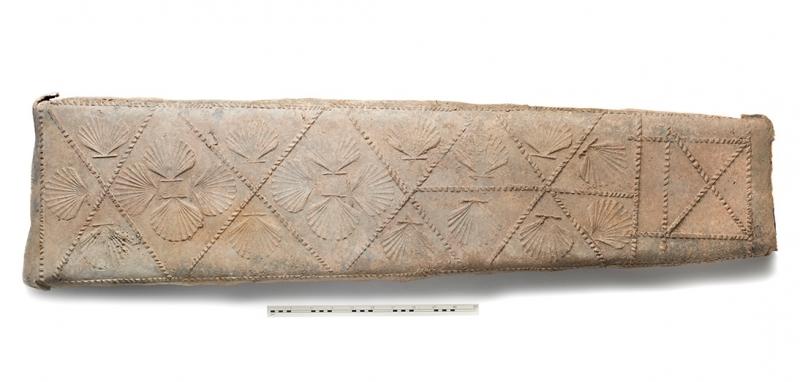
Microscopic analysis of tiny fragments of silk, wool and gold thread suggests that she was most likely dressed in an outfit of Chinese damask silk, the best parallels for which come from Palmyra in Syria, decorated with wool bands and rich gold thread tapestry. The wool bands, now dark brown, were probably Tyrian purple at the time of burial – a prized pigment made from Murex shells and a clear indicator of status in the Roman empire. These rich materials give us a clear sense of the wealth of the Spitalfields woman and her place in the upper ranks of Roman London society. While she died in early adulthood, isotope analysis indicates that she had spent her childhood in southern Europe, probably in Rome itself – a reflection of the cosmopolitan character of London.
The chief significance of the new research, however, is the unprecedented contribution it makes to our understanding of the northern cemetery. Until now, the cemetery has only been studied in a relatively piecemeal way through smaller excavations. The new book draws together this previous research and adds 174 new burials to the picture.
Some unexpected trends are revealed: for example, the early phase of burials here shows a very uneven sex ratio of 5:1 in male to female burials. This might have been anticipated if the cemetery dated from the early years of Roman occupation when male members of the army and administration predominated, but burials here don’t start until around AD 120. Several explanations are possible: men migrating to London for labour, the deliberate killing of new-born female children, or perhaps more likely, females simply being buried elsewhere. It is hoped that further research will provide answers.
Another unexpected finding was of an area of the cemetery given over to the burial of those under the age of 6 years. Infant burials are rare in Roman urban cemeteries. This is often explained in terms of the social status of children in the Roman colonies and classical beliefs that infants did not have souls being reflected in more casual burial practices. This new evidence raises the question as to whether infants were instead being buried in as yet undiscovered separate cemeteries.
While most objects found with the burials were fairly typical grave goods, five long, glass, pipette-shaped phials stood out. Thought to contain either perfumed oils for anointing the dead or wine for burial rites, these are rarely found in Britain, and never in such numbers. One phial in particular is unique: decorated with delicate zig-zag glass trails, it was found buried next to the foot of the late 4th-century AD sarcophagus of the ‘Spitalfields Roman woman’. These phials have been linked by some to the rites of Roman ‘mystery cults’, though this remains uncertain.
What has the project revealed about life in Spitalfields over time?
Spitalfields in the 12th - 16th centuries:
A wealth of new information has been uncovered about the Augustinian priory of St Mary Spital – London’s first religious house founded by Londoners – and how it grew from a small roadside hospital into a flourishing institution serving the capital’s poor and sick between 1197 and its suppression in 1539. Excavations uncovered the remarkable story of its pharmacy wing, complete with hearths and vessels for distilling and storing remedies, and a herb garden for growing medicinal plants. As medieval London expanded outside its walls, the priory precinct became increasingly secular, accommodating priory servants, physicians, craftsmen and patrons in timber houses and workshops along a lane and in other priory buildings. Read more about this in book 'The medieval priory and hospital of St Mary Spital and the Bishopsgate suburb'.
Before the priory, a burial ground existed on the site, which grew alongside the religious core of church and cloister buildings as they expanded over the centuries. It was visited regularly by many Londoners, religious and otherwise, and featured a two-storey chapel and charnel crypt for storing bones (one of only four of its kind in England), a pulpit cross where sermons were delivered, and a gallery for attendees.
Excavations in this cemetery uncovered over 10,500 skeletons dating from the 12th to 16th centuries. 3000 of these were shown to be 13th century, with many found in mass graves. Initially their origins were a mystery, as radiocarbon dates didn’t match any known 13th-century disasters, but research uncovered references from the time to ‘heavy rains’, ‘failure of the crops’ and a famine in which ‘many thousand persons perished’. We know from ice core data that in 1257/8, a devastating volcano erupted in the tropics, now known to be the Samalas volcano in Indonesia. The Spital mass burials are thought to be the first archaeological evidence of this climate-altering eruption, whose effects would have been felt across the globe. More on this in book 'A bioarchaeological study of medieval burials on the site of St Mary Spital'.
Spitalfields in the 17th - 19th centuries:
After the dissolution of the monasteries, the land was sold for the development of large private residences and became the site of the practice ground of the Artillery Company. Excavations revealed musket shots and cannon balls, and the remains of a practice fort and ditch where soldiers would have taken part in military exercises.
Spitalfields Market was established in 1638, and in the 1680s, streets of houses were added that remained largely unchanged until the 1920s, when most were knocked down to make way for the extension of the market. Much of what was learned about this time came from objects found discarded in the refuse pits and privies servicing the houses of Regency and Victorian Spitalfields. These objects – everything from china and cutlery to the animal and plant remains of meals – revealed details about the lifestyles of the people that lived and worked in the area as it became a bustling textile and silk manufacturing centre, fuelled by waves of Huguenot and Jewish immigration from Europe. Combining surviving records with archaeological evidence allowed detailed accounts of the people that lived around the market in its heyday to be constructed. One such person was Charles Van Millingen, named in the records as an umbrella manufacturer living at 5 Spital Square in the 1850s. Sure enough, hundreds of umbrella and parasol parts were found in his privy. Read more about this in book 'The Spitalfields suburb 1539–c 1880'.
How do these discoveries map onto modern day Spitalfields?
This map shows how the archaeology relates to the modern street plan, so that people can walk around Spitalfields and know what once stood beneath their feet:
